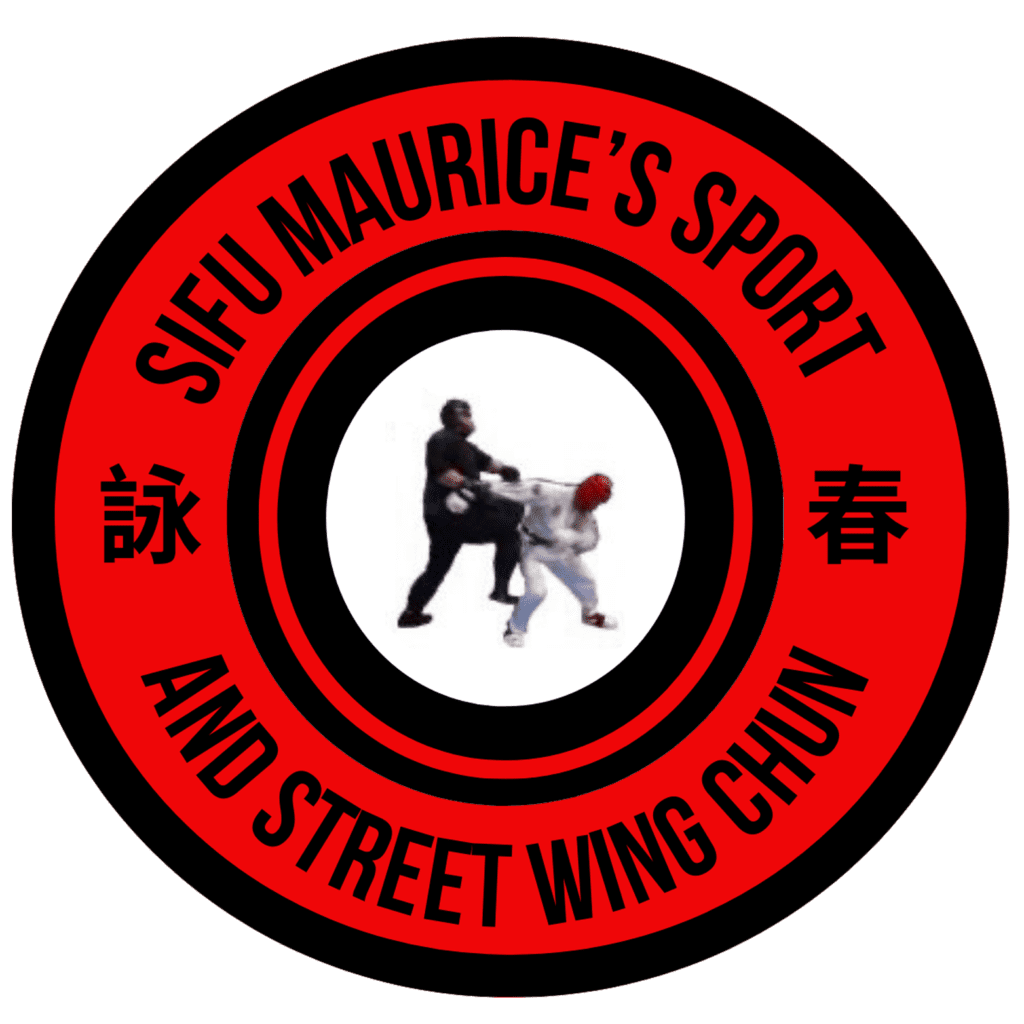Wing Chun: The Science Behind Chi Sao: Understanding the Psychology and Physiology of Martial Arts
Chi Sao, a fundamental training method in Wing Chun, involves close-quarters sensitivity drills that develop reflexes, coordination, and adaptability. While the practice of Chi Sao is deeply rooted in martial arts tradition, its effectiveness can also be explained through the lens of psychology and physiology. In this article, we will explore the science behind Chi Sao, shedding light on the psychological and physiological processes that make it a powerful training tool.
Psychological Aspects of Chi Sao
1. Focus and Mindfulness
During Chi Sao practice, practitioners must maintain focus and be fully present in the moment. This intense concentration allows individuals to react quickly and accurately to their partner’s movements. By training the mind to stay focused on the present, Chi Sao cultivates mindfulness, enhancing mental clarity and improving overall performance.
2. Sensory Perception and Sensitivity
Chi Sao requires Wing Chun practitioners to rely on their senses to detect and interpret subtle cues from their partner’s movements. This heightened sensory perception, combined with the development of tactile sensitivity, allows individuals to anticipate and respond effectively. Through consistent practice, Chi Sao enhances sensory awareness, improving the ability to read and react to dynamic situations.
3. Adaptability and Decision-Making
Chi Sao drills expose practitioners to a variety of unpredictable scenarios, requiring them to adapt and make split-second decisions. This aspect of training enhances cognitive flexibility, the ability to switch between different strategies, and the capacity to make rapid and accurate decisions under pressure. The constant need to adjust and respond in Chi Sao fosters a mindset of adaptability that can be applied to various real-life situations.
4. Emotional Regulation and Stress Management
Chi Sao practice often involves controlled physical contact and simulated combat scenarios. This exposure to physical contact and stressors can help individuals develop emotional regulation and stress management skills. By learning to remain calm and composed in challenging situations, practitioners can effectively control their emotions and maintain clarity of thought, even under pressure.
Physiological Aspects of Chi Sao
1. Proprioception and Body Awareness
Wing Chun Chi Sao training significantly enhances proprioception, which refers to the body’s ability to sense its position and movement in space. The close-quarters nature of Chi Sao requires practitioners to have a deep understanding of their body positioning, weight distribution, and limb control. Through repetitive practice, individuals develop a heightened sense of body awareness, enabling precise and coordinated movements.
2. Reflexes and Reaction Time
The rapid and unpredictable nature of Chi Sao drills stimulates the development of reflexes and improves reaction time. The repetitive training of specific movements ingrains them into the muscle memory, allowing Wing Chun practitioners to react instinctively and swiftly to incoming stimuli. With time, the reflexes developed in Chi Sao become more refined, efficient, and automatic.
3. Biomechanics and Efficiency of Movement
Chi Sao emphasizes efficiency of movement, utilizing biomechanical principles to generate maximum power with minimal effort. The practice emphasizes proper body alignment, utilizing the structure of the body to optimize force transmission. Through Chi Sao training, practitioners learn to generate power from the core, enhancing stability, balance, and the ability to deliver effective strikes.
4. Conditioning and Physical Fitness
Engaging in regular Chi Sao practice contributes to overall physical fitness and conditioning. The intense drills and dynamic movements involved in Chi Sao training enhance cardiovascular fitness, strength, endurance, and flexibility. The practice also improves coordination, agility, and body control, providing a comprehensive physical workout.
Understanding the psychological and physiological aspects of Chi Sao illuminates its effectiveness as a training method in Wing Chun. By honing focus, enhancing sensory perception, promoting adaptability, and refining body awareness, Chi Sao empowers practitioners to develop advanced martial arts skills.
As you delve deeper into the practice of Chi Sao, remember to appreciate the intricate interplay between the mind, body, and the science behind this remarkable training method.
Conclusion
The practice of Chi Sao in Wing Chun goes beyond tradition and incorporates elements of psychology and physiology, making it a scientifically effective training method. By understanding the psychological aspects of focus, sensory perception, adaptability, and emotional regulation, practitioners can unlock their full potential in Chi Sao.
Psychologically, Chi Sao enhances focus and mindfulness, sharpens sensory perception and sensitivity, cultivates adaptability and decision-making skills, and promotes emotional regulation and stress management. These psychological benefits extend beyond martial arts training and can positively impact various aspects of life.
Physiologically, Chi Sao develops proprioception and body awareness, refines reflexes and reaction time, optimizes biomechanics and efficiency of movement, and contributes to overall conditioning and physical fitness. These physiological adaptations improve martial arts proficiency and enhance overall well-being.
The combination of psychology and physiology in Chi Sao creates a holistic training experience. Wing Chun practitioners develop heightened awareness, mental clarity, quick reflexes, efficient movement, and improved physical fitness.
As you engage in Chi Sao training, remember to embrace the psychological and physiological aspects, allowing them to enhance your martial arts journey. The science behind Chi Sao adds depth and understanding to the art, empowering you to improve your techniques, expand your capabilities, and excel in Wing Chun.

